When it comes to maintaining your wooden cutting board, kitchen professionals often have one question in mind: What grit sandpaper for wood cutting board? Wooden cutting boards are essential tools in any kitchen. They endure knife cuts, spills, and exposure to moisture throughout their lifespan. Sooner or later, a complete sanding becomes necessary to restore their smooth finish and keep them hygienic. Are you ready to dive into the art and science of sanding a wooden cutting board? Lets begin!
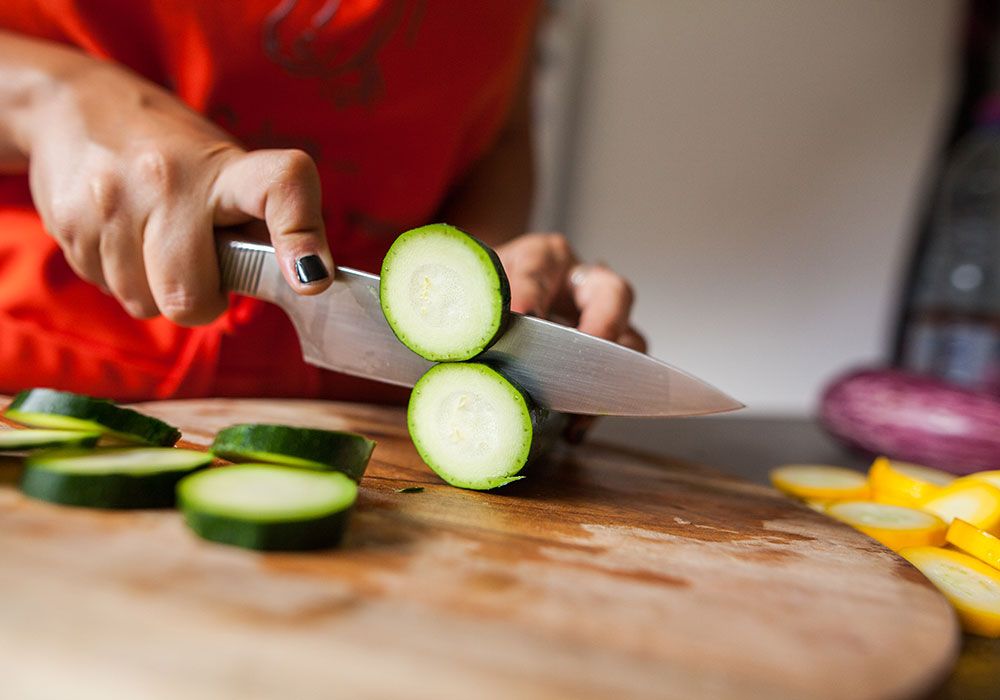
Why Sanding Your Wooden Cutting Board is Essential
Before answering the burning question of what grit sandpaper to use, its crucial to know why sanding is essential for wooden cutting boards. Over time, the surface of your cutting board becomes uneven due to knife cuts, scratches, and food residue. Sanding serves multiple purposes:
- Removing deep knife marks and scratches
- Restoring a smooth and even surface
- Ensuring the board remains safe and hygienic
Frequent maintenance, including sanding, ensures a longer lifespan for your cutting board. This is especially important for kitchen professionals who need reliable and sanitary tools every day. Make sure to learn about the full maintenance process in this guide on hydrating wood cutting boards.
How to Choose Sandpaper Grit for Your Cutting Board
Now that you understand why sanding is so important, lets answer your primary question about what grit sandpaper for wood cutting board. Different grits serve unique purposes during the sanding process:
Coarse Sandpaper: 60-80 Grit
This is the go-to solution for cutting boards with deep cuts, stains, or uneven surfaces. Coarse grit sandpaper aggressively removes material, so its perfect for extensive resurfacing work.
Medium Sandpaper: 120-150 Grit
After using coarse grit, medium sandpaper helps smooth out the surface for a more refined finish. It removes any roughness left behind by the coarser grit.
Fine Sandpaper: 220-400 Grit
Once the initial sanding is complete, fine sandpaper is best for creating a smooth, polished finish. It is especially useful for professional chefs who rely on precision tools for their work.
Extra-Fine Sandpaper: 600 Grit and Above
For those looking to achieve a silky, flawless finish, extra-fine grit sandpaper is ideal. This is generally not necessary for standard maintenance but serves niche purposes for high-end boards or display models.
Wondering how else to protect your cutting board from damage? Check out this detailed guide on oil maintenance.
Step-by-Step Sanding Instructions
To make your sanding process as effective as possible, heres a step-by-step guide:
Step 1: Clean the Cutting Board
Before you begin sanding, wash the cutting board with warm soapy water to remove dirt, grease, and food residue. Dry it thoroughly to avoid clogging your sandpaper.
Step 2: Choose the Right Sandpaper
Start with coarse grit sandpaper (e.g., 80 grit) for heavy scratches. Gradually move to finer grits like 220 or 400 for finishing. Use a variety of grits for optimal results.
Step 3: Sand With the Grain
Always sand along the wood grain, not against it. Sanding against the grain can damage the fibers and result in a rough surface.
Step 4: Remove Dust
After each sanding pass, clean the board with a damp cloth to remove sawdust. Then, allow it to dry completely.
Step 5: Apply Finish or Oil
Once sanding is complete, condition the board with mineral oil or beeswax for long-lasting protection. This helps to seal the surface and enhance its appearance.
Interested in expert cleaning tips? Visit this cleaning guide.
Common Sanding Mistakes to Avoid
Even experienced kitchen professionals can fall into common pitfalls. Avoid these mistakes to ensure your cutting board remains in top-notch condition:
- Skipping grit levels during sanding
- Sanding against the grain
- Neglecting to oil the board after sanding
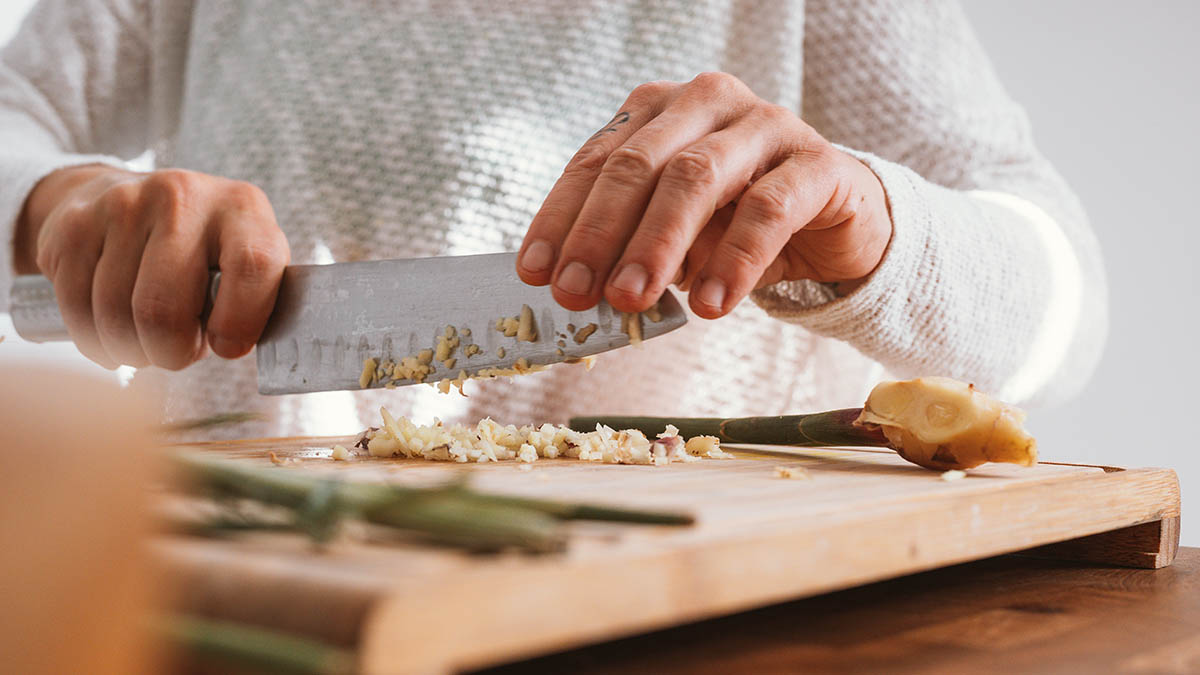
FAQs
How often should I sand my cutting board?
You should sand your cutting board whenever deep cuts and scratches appear, or the surface becomes uneven. For professional kitchens, consider sanding every six months.
Can I use power sanders on wooden cutting boards?
Yes, but use them cautiously. Hand sanding with proper grit levels gives you more control and prevents over-sanding, which can shorten the boards lifespan.
What oil should I use after sanding?
Always use food-grade mineral oil or a specialized cutting board oil to condition the surface after sanding. Avoid using olive oil or other organic oils as they can turn rancid over time.
For more useful advice on cutting board care, explore this wood cutting board cleaning guide.
This article contains affiliate links. We may earn a commission at no extra cost to you.

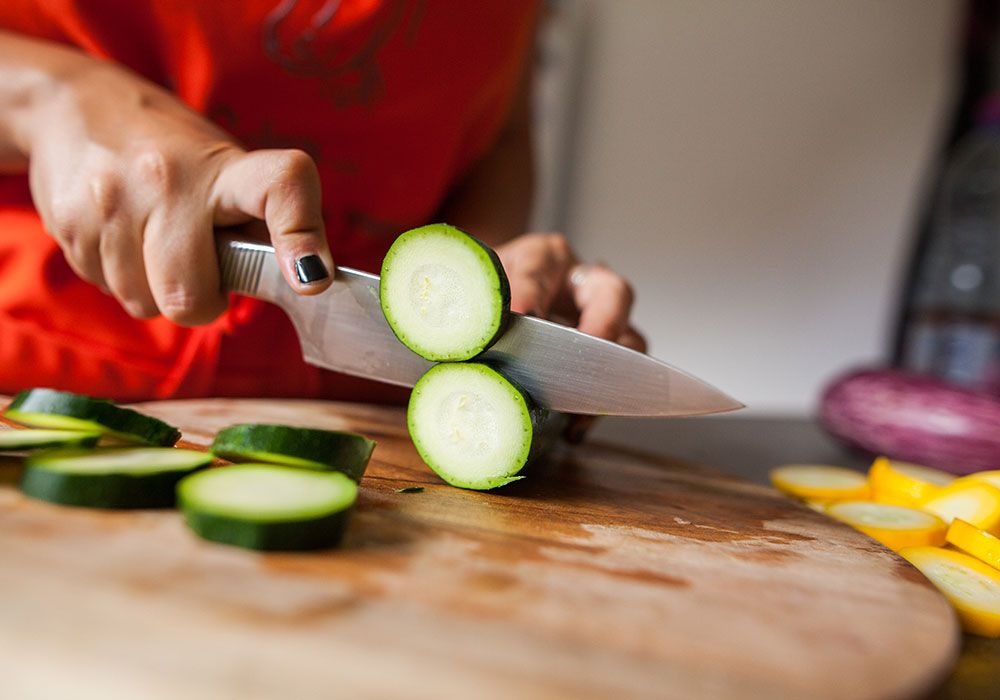


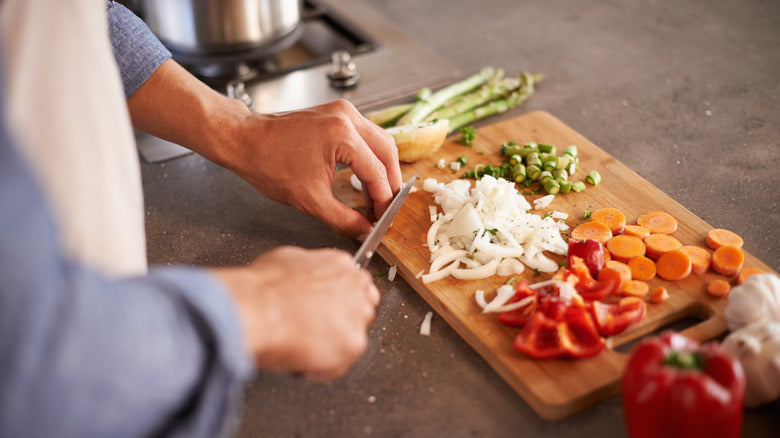
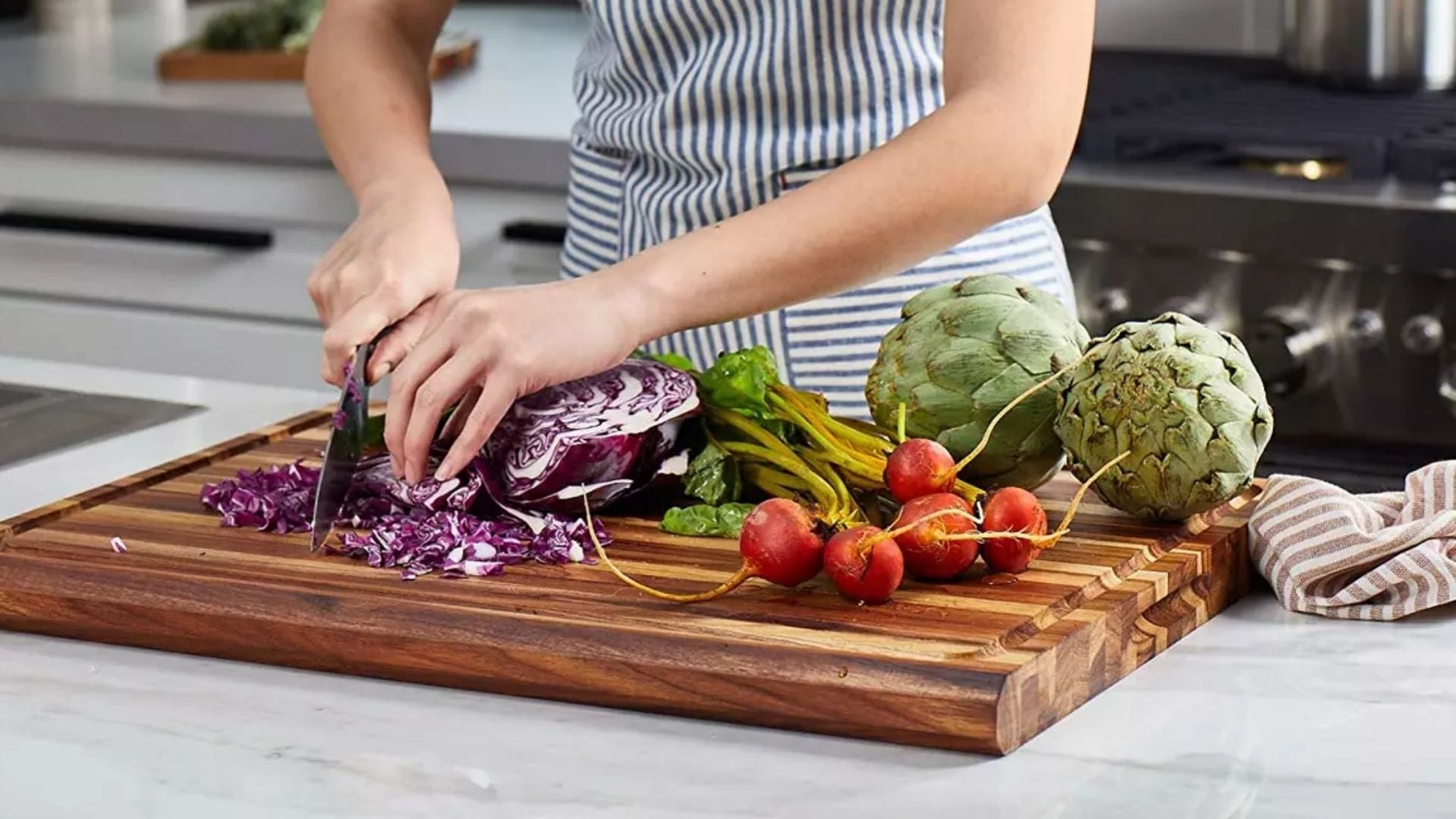
Leave a comment
This site is protected by hCaptcha and the hCaptcha Privacy Policy and Terms of Service apply.